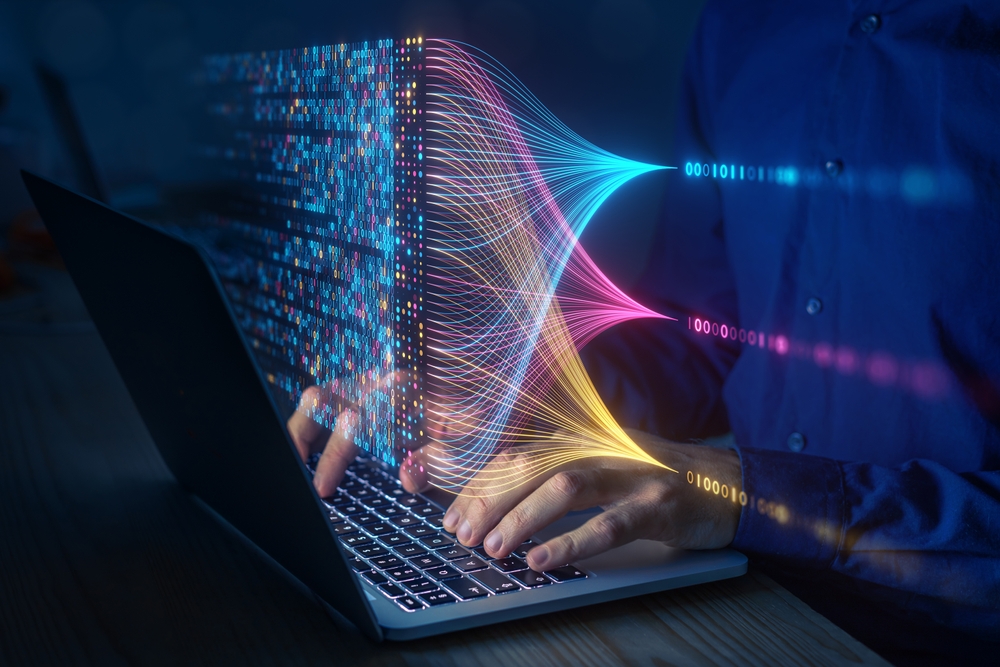In a world where cyber threats are ever-evolving, increasingly sophisticated, and just plain relentless, a system of traditional, periodic security checks won’t keep your organization safe. That’s why continuous monitoring has emerged as a crucial weapon in your arsenal of cybersecurity defenses.
Continuous monitoring enables organizations to detect, respond to, and mitigate potentially devastating threats in real-time. It’s also an important part of the NIST Cybersecurity Framework’s Detect function. Here, we’ll look at the importance of consistent monitoring for identifying potential incidents, as well as the tools and processes that can provide the ongoing protection you need.
There’s More: The Real Value of Continuous Monitoring
An effective continuous monitoring strategy offers an extensive range of benefits, including:
- Early Threat Detection: Real-time visibility into your network enables early detection of anomalies and potential threats. Unlike periodic assessments, which might miss issues that pop up in between scans, continuous monitoring ensures that no stone is left unturned.
- Proactive Defense: Hyper-vigilant monitoring enables you to take a proactive stance against cybersecurity threats. When you can identify and address vulnerabilities and suspicious activities promptly, you can stop incidents before they escalate into potentially costly and destructive breaches.
- Regulatory Compliance: Your industry may be subject to strict regulatory requirements that mandate continuous monitoring. Compliance with standards like GDPR, HIPAA, and PCI-DSS often requires you to implement ongoing monitoring to ensure sensitive data remains protected.
- Reduced Dwell Time: Continuous monitoring can significantly shrink the amount of time an attacker is present in your environment before they’re detected. That shorter dwell time means that cybercriminals have less opportunity to inflict damage or steal your data. (Dwell time matters. According to a report from Palo Alto Networks, in approximately 45% of attacks in 2023, attackers exfiltrated data within one day of accessing the system.)
- Enhanced Incident Response: Continuous monitoring creates detailed logs and data, which can be invaluable during an incident response. This information helps you better understand the scope of an attack, determine which systems are affected, and formulate an effective response.
The Right Ingredients: Building Effective Continuous Monitoring
Truly effective continuous monitoring requires a combination of advanced tools and well-defined processes. Here’s a look at some of the key components:
1. Security Information and Event Management (SIEM)
SIEM systems aggregate and analyze data from various sources within your organization’s IT infrastructure. These systems give you real-time analysis of any security alerts generated by applications and hardware within your network. SIEM solutions are critical to effective monitoring because they:
- Look at the big picture, and correlate events from multiple sources to identify potential security incidents.
- Provide centralized visibility into your organization’s entire security posture.
- Enable automated alerts and response mechanisms to quickly address detected threats.
2. Intrusion Detection and Prevention Systems (IDPS)
These tools detect and prevent security threats and malicious activities by monitoring your network traffic and system behavior. An IDPS plays a critical role in continuous monitoring by:
- Identifying suspicious patterns and known attack signatures – the patterns that distinguish specific types of attacks.
- Blocking malicious traffic and isolating any compromised systems.
- Providing detailed data for post-incident analysis.
3. Endpoint Detection and Response (EDR)
An EDR solution monitors and responds to threats at the endpoint level – that means your company’s computers, servers, mobile phones, and any other devices. EDRs are essential for continuous monitoring because they:
- Spot and investigate suspicious activities on devices in real-time.
- Provide detailed telemetry data (the data created by your systems) that helps in understanding the nature and scope of threats.
- Help you contain and remediate identified threats quickly.
4. Network Traffic Analysis (NTA)
NTA tools monitor your network traffic and analyze patterns and behaviors, then use that information to spot anomalies and potential threats. These tools contribute to continuous monitoring through:
- Real-time detection of any unusual patterns that may indicate a breach.
- Better visibility into “east-west” traffic – that’s anything that happens within your company’s internal network, and it’s frequently overlooked.
- Integration with your other security tools to give you a truly comprehensive view of your network security posture.
5. Vulnerability Management Systems
Continuous monitoring involves not only detecting active threats, but also identifying and mitigating vulnerabilities in your systems that bad actors could eventually exploit. Vulnerability management systems do this by:
- Continuously scanning your systems for known vulnerabilities.
- Prioritizing vulnerabilities based on their severity and their potential impact.
- Automating your patch management and remediation processes.
6. Behavioral Analytics
Behavioral analytics tools use machine learning and AI to establish baselines that define normal behavior for users and systems. These tools are integral to continuous monitoring because they:
- Spotlight any deviations from norms that could indicate insider threats or compromised accounts.
- Adapt to changing behaviors and evolving threats.
- Provide actionable insights and alerts based on anomalies they spot.
Let’s Go: Getting Started with Continuous Monitoring
To successfully implement an effective continuous monitoring process, you’ll need a strategic approach and knowledge of best practices. Here are a few recommendations:
- Clearly Define Your Objectives: Set out detailed goals for your continuous monitoring program. Delineate what you want to achieve – maybe that’s simply early threat detection, or perhaps you need regulatory compliance, enhanced incident response, or something else.
- Aim for Seamless Integration: Make sure the various security tools and processes you’re planning to implement will work together. A unified security architecture improves your overall visibility and efficiency, giving you better threat detection and faster response.
- Automate and Utilize AI - Anywhere You Can: Use automation and AI to handle repetitive tasks, like log collection, vulnerability scanning, and reviewing any alerts your monitoring system generates. Automation and AI boost your monitoring system’s efficiency and effectiveness. In fact, a report by IBM found that organizations using security AI and automation were able to identify a breach nearly 70% faster than those not using those tools.
- Ongoing Training and Awareness: Keep your employees up-to-date on the latest threats, and ensure they know how to use monitoring tools effectively. Making cybersecurity a part of your day-to-day culture is crucial to building and maintaining habits that maximize protection.
- Regularly Review and Update: Develop a schedule for regular reviews of your continuous monitoring strategies and updates to tools to ensure they’re effective against new threats.
- Collaboration and Communication: Take time to ensure that different departments understand the importance of continuous monitoring, and emphasize the vital importance of working together to keep your organization’s most valuable assets protected.
- Consider External Expertise: In a time of growing threats and shrinking budgets, many small and medium-sized businesses are looking to a Managed Service Provider (MSP) to help them initiate robust continuous monitoring. An MSP can give you access to a higher level of expertise and tools, better protect you from cyberthreats, and even make your IT budget go further.
In an era where cyber threats are omnipresent and increasingly sophisticated, continuous monitoring isn’t a luxury – it’s a necessity. Continuous monitoring is a vital part of a truly resilient cybersecurity framework that safeguards your digital assets, protects your business operations, and builds customer trust.
Join us for the next session of our Cybersecurity Webinar Series:
You're invited to join us on August 29th at 1:00 PM EDT for "Detect: Proactive Threat Detection: Enhancing Business Continuity & Cyber Readiness".
.jpg)
.jpg?width=806&height=453&name=Detect%20Webinar%20%20(4).jpg)




.png)

.png)